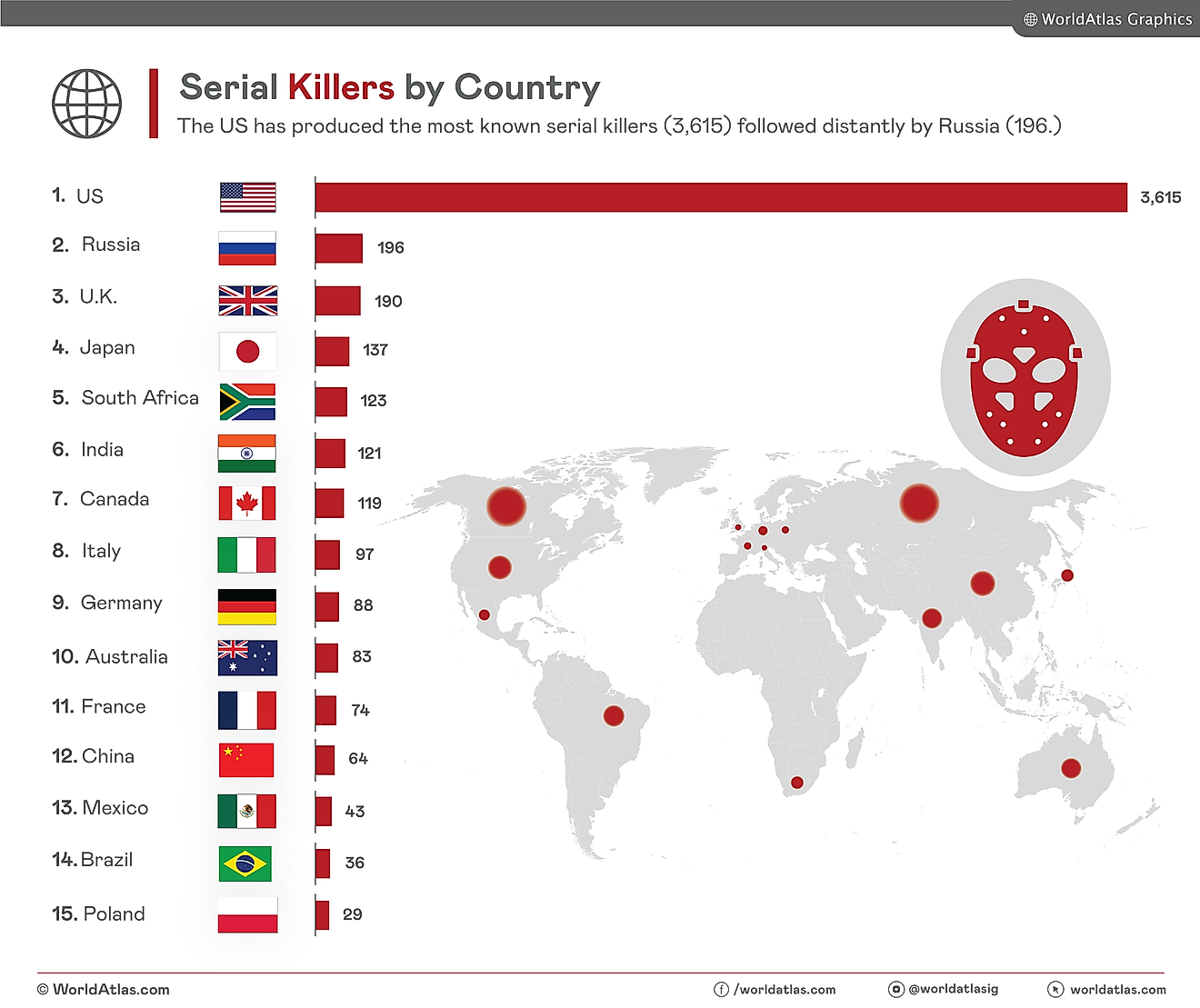
The World's 10 Most Overcrowded Prison Systems
Around 11.5 million people are currently in penal institutions around the globe. Each prisoner, however, has a different reality depending on the country they find themselves in. Ideally, prison systems can offer cultural and educational opportunities, health services, and adequate sleeping and eating arrangements. Studies indicate that rehabilitative systems, like in Norway, can reduce the rate of reoffense after prisoners serve their initial sentence.
Today, 118 nations exceed their established occupancy rate, which often jeopardizes inmates' quality of life and can pose significant health risks. Read on to learn more about what life is like for the inmates who are confined to the prison walls of the ten most overcrowded prison systems in the world.
The World's 10 Most Overcrowded Prison Systems by Country
| Rank | Country | Occupancy Percentage (2023) |
|---|---|---|
| 1 | Republic of the Congo | 616.90% |
| 2 | Haiti | 454.40% |
| 3 | Uganda | 367.40% |
| 4 | The Philippines | 362% |
| 5 | Cambodia | 345.90% |
| 6 | Thailand | 339.10% |
| 7 | Democratic Republic of the Congo | 322.80% |
| 8 | Cote d'Ivoire | 318.60% |
| 9 | Guatemala | 293.20% |
| 10 | Burundi | 276.20% |
Republic of the Congo
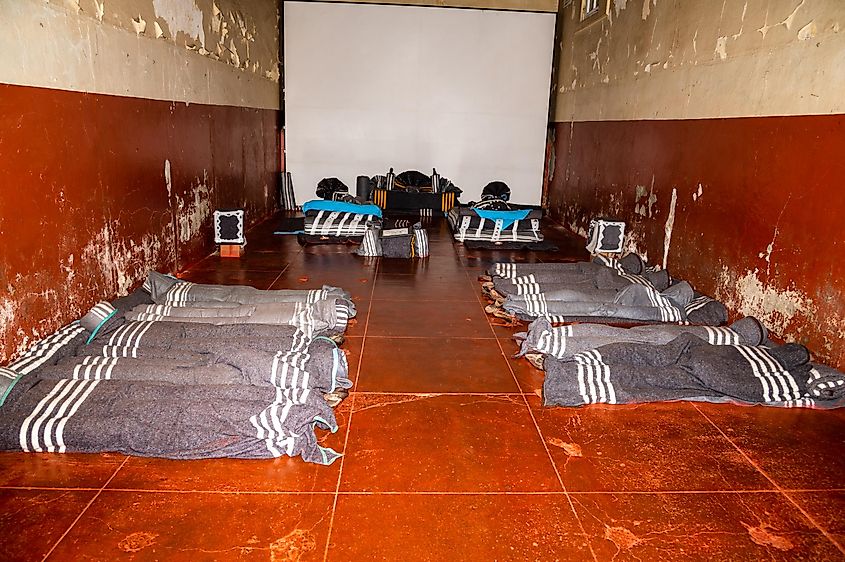
With an average prison occupancy of 616.9% in the Republic of the Congo, most prisoners are subject to jarring conditions. Approximately 60% of detainees have not yet been given the right to a trial. There is a shortage of prison staff, with many not being properly trained. The majority of inmates sleep on the floor, on raggedy mattresses, or on boxes.
The prisons generally do not have consistent access to water. Most prisons provide only one meal per day due to budget restraints, causing inmates to depend on family members to provide the remaining meals. The Republic of the Congo's prison system does not currently have any prisons specifically for women, so women inmates must reside in separate units within the men's prisons, causing high rates of sexual violence.
Haiti
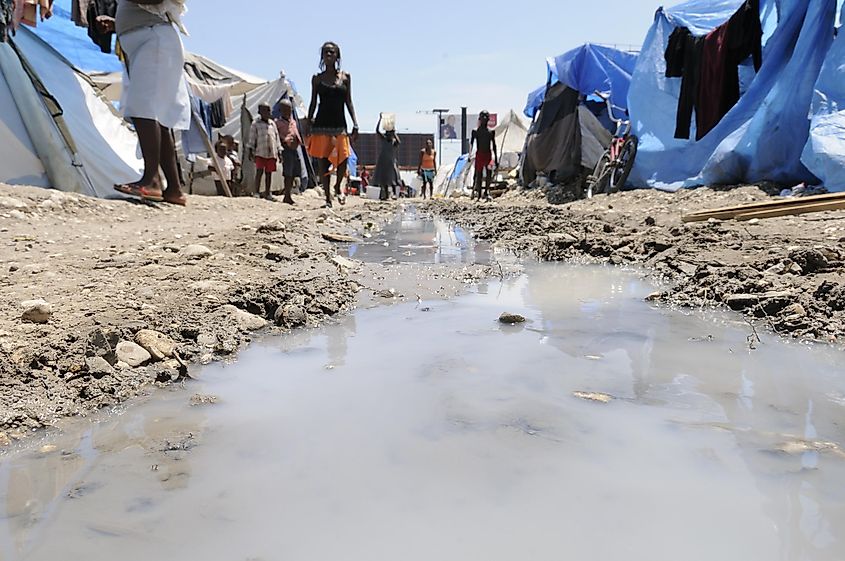
Haiti ranks second in prison overpopulation at 454.4%. More than 80% of the inmates being held in the prison system in Haiti are in pre-trial detention, many having no definite date for a trial, perhaps having to wait years to see a judge. A study from the University of Florida found that inmates in the men's prison system consume a diet of around 500 calories per day, 75% being at risk for beriberi and scurvy. The number of family members delivering food to inmates in recent years has dwindled due to a rise in gang violence in the neighboring areas. Prisoners often must either sleep on the floor or even sleep sitting or standing due to a lack of space on prison floors.
Uganda
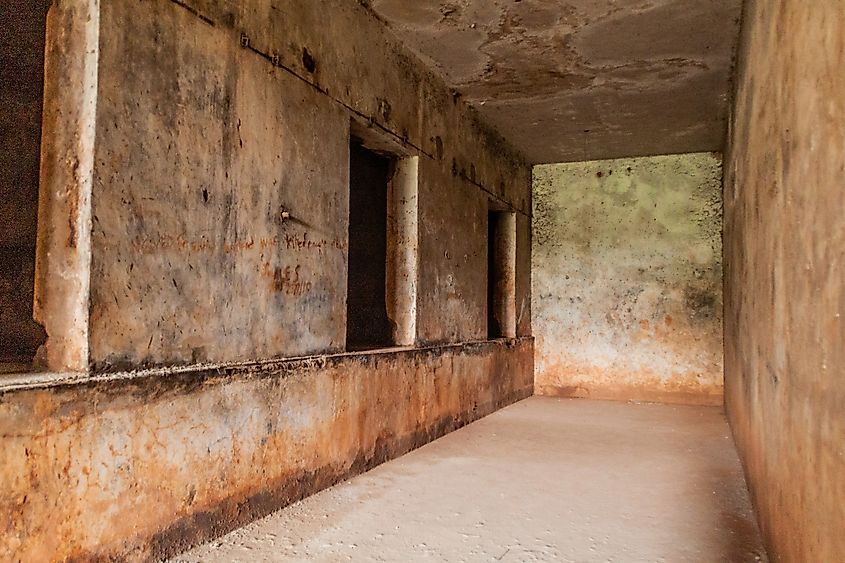
Uganda's prison system is currently at an overcapacity of 367.4%. Approximately 48% are pre-trial detainees. The Uganda Prisons Service (UPS) has publicly stated that they are actively working to reduce torture and inhumane treatment of prisoners, but overcrowding rates remain extremely high, specifically in rural prisons across the country.
The Philippines
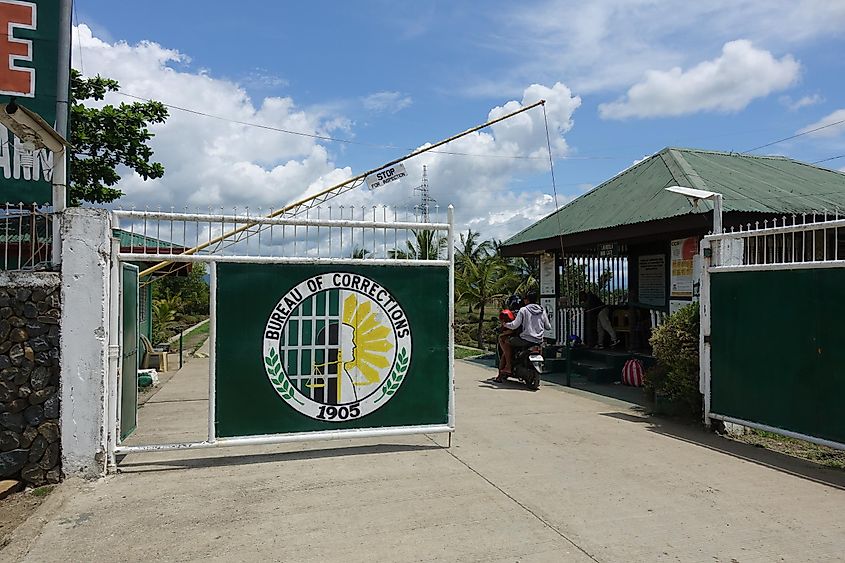
The prison system in The Phillippines is at a 362% overcapacity. 70% of inmates in the country's prison system were incarcerated due to drug-related offenses. Approximately 65.2% of inmates are pre-trial detainees. Although women make up a minority of prison detainees, women's prisons are generally more overcrowded.
The majority of prisons in the country report poor conditions, including a shortage of beds, faulty bathroom plumbing, and lack of drinking water and adequate ventilation, which have caused diseases and illness numbers to escalate. However, the Philippines is actively collaborating with the United Nations to improve prison conditions in the country.
Cambodia
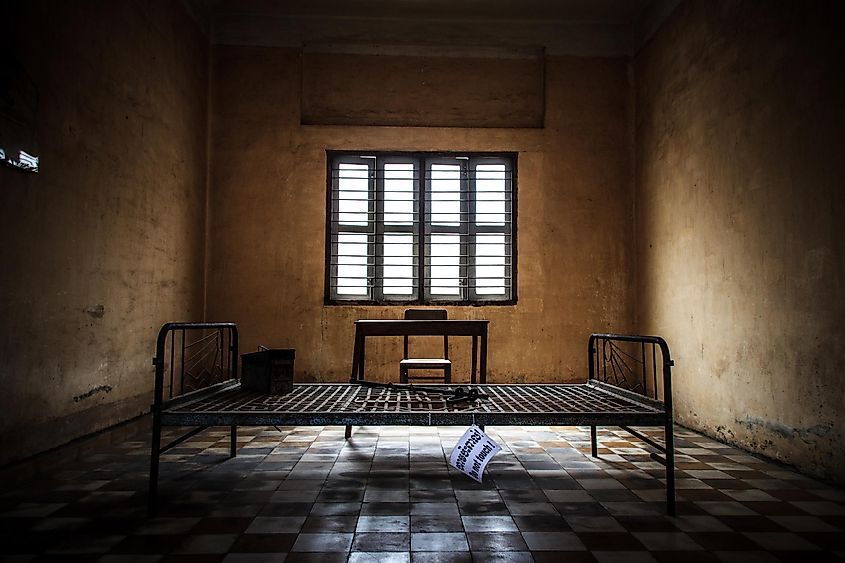
The population in the prison system of Cambodia has approximately doubled since 2015, with today's overcapacity being at 345.9%. Approximately 30 to 40% of inmates in Cambodia prisons are pre-trial detainees. While there are currently water shortages across prisons nationwide, the government has reported digging more wells and has installed water filter systems in some of the prisons. A lack of sanitation and sleeping space continues to be a problem.
Thailand
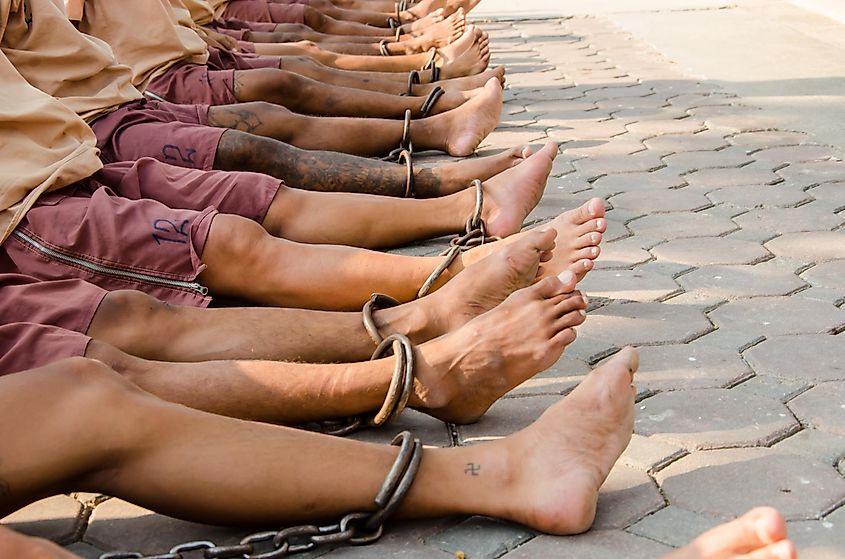
While Thailand's number of incarcerated individuals has decreased by approximately 6% since 2019, the prison system continues to be overcrowded at roughly 339.10% overcapacity. Approximately 20% of prisoners in the country are pre-trial detainees. Nearly 80% of prisoners in the country are incarcerated due to drug-related charges.
Prisoners continue to suffer a lack of sanitary conditions, access to health care, poor drinking water and food quality, and recreational and rehabilitative activities are scarce. The number of prisoners given a death sentence has risen 14% since 2019 as well.
The Democratic Republic of the Congo
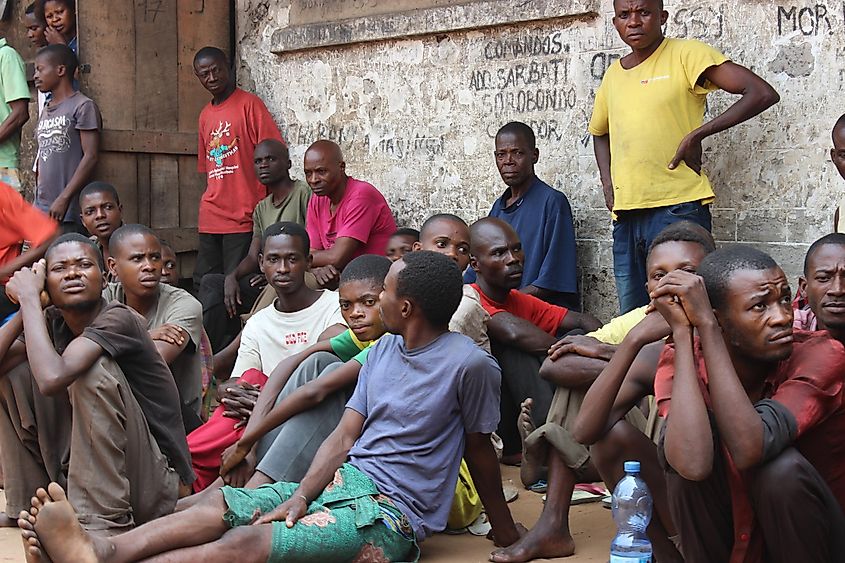
The Democratic Republic of the Congo reports an overcapacity of 322.8% in its prison system. The four main prisons in the country have an even higher overcapacity, averaging 720%. Approximately 70% of detainees are still awaiting trial. The prison administration offers inmates only one meal a day, which does not include meat or fish. Some prisons do not offer water at all, forcing prisoners to retrieve water from rivers or use rainwater. Most prisons have minimal access to bathroom facilities and sanitation.
Cote d'Ivoire
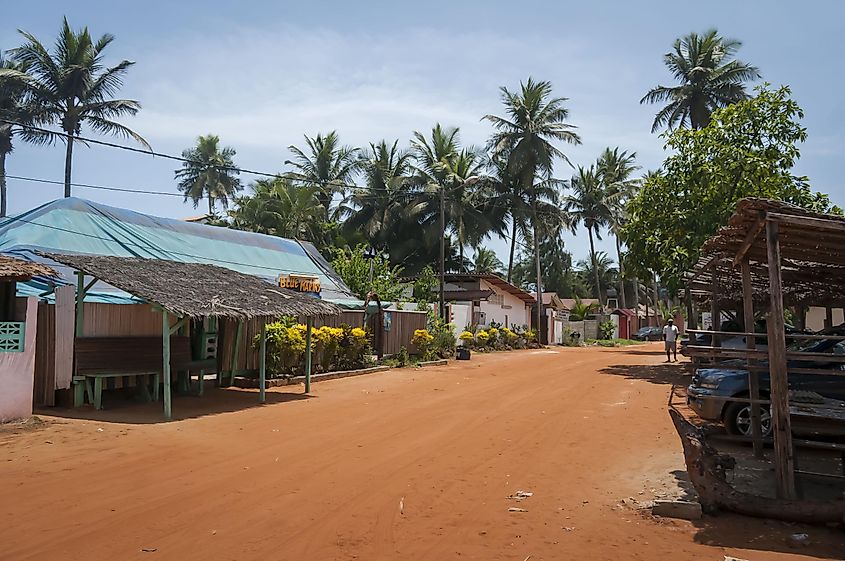
Cote d’Ivoire is overcrowded at a capacity of 318.60%. More than 33% of inmates are pre-trial detainees. Many prisons report high temperatures with poor ventilation, a lack of proper access to food and water, and very little space for the quantity of prisoners present. Some prisoners do not have access to mattresses. The Cote d'Ivoire government reports that children are generally detained separately from adults, although girls are occasionally held with women due to limited cell space.
Guatemala
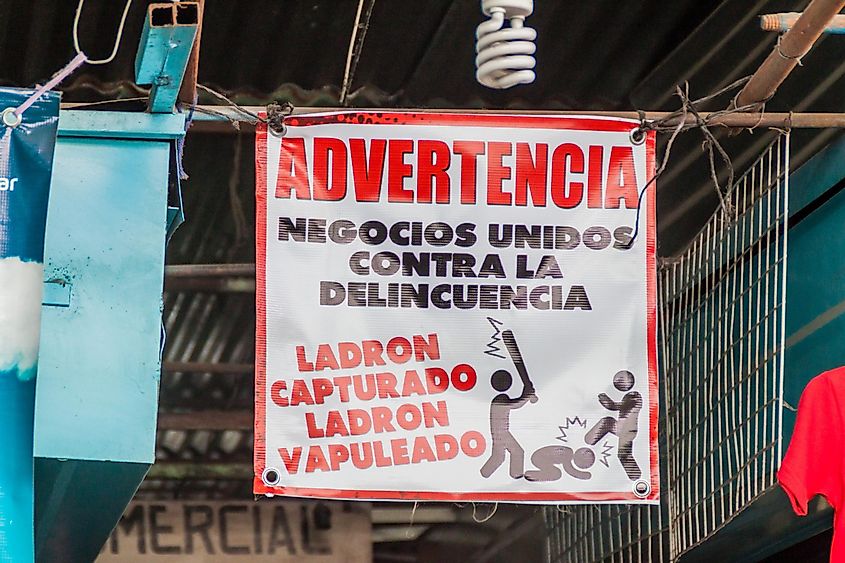
Guatemala is at an overcapacity of 293.20% in its prison system. Of these inmates, approximately 47.2% are pre-trial detainees. Physical conditions in the prisons, including medical care, sanitation facilities, ventilation, and lighting, are often inadequate, and many prisoners have limited access to potable water. Inmates frequently have to pay for additional food as the rations that the prison offers are often insufficient.
Burundi
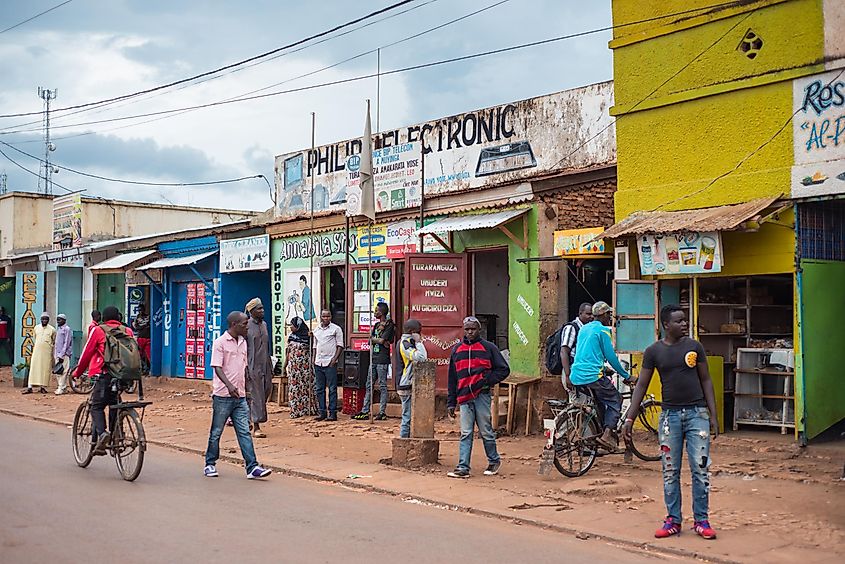
Burundi ranks tenth on the list with a prison overcapacity of 276.2%. 49.7% of inmates are pre-trial detainees. Only 7.6% of the total prison population are women. There has been an ongoing food shortage in Burundi prisons since 2022. A lack of sanitary conditions has contributed to a greater degree of disease outbreaks within the prisons. Per Berundi Law, all prison inmates should have access to healthcare, but this requirement is frequently not practiced.
Final Thoughts
Despite the intentions of many nations to lower occupancy levels and improve conditions for prisoners, substantial efforts are still required to ensure humane treatment and living conditions for all inmates worldwide. In light of these challenges, governments and relevant authorities must prioritize comprehensive reforms aimed at addressing the root causes of overcrowding and promoting rehabilitation within the criminal justice system.







